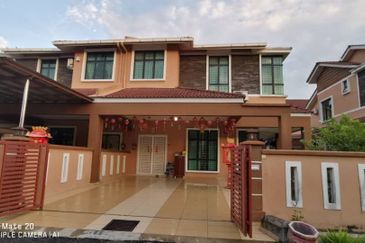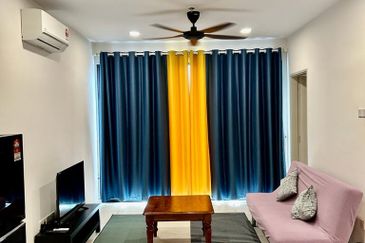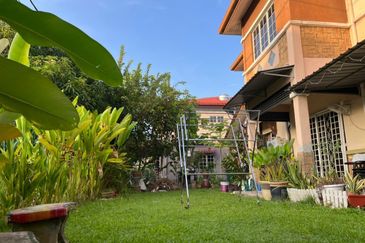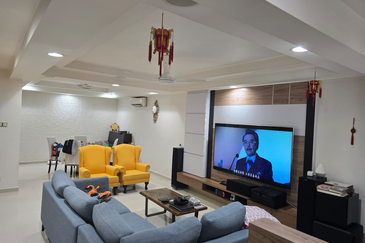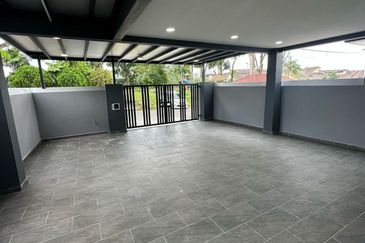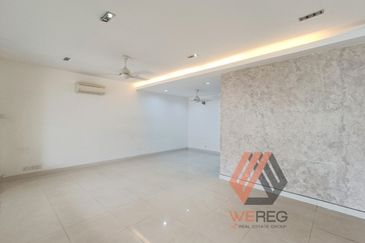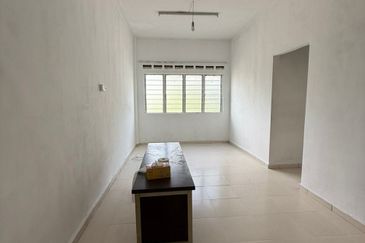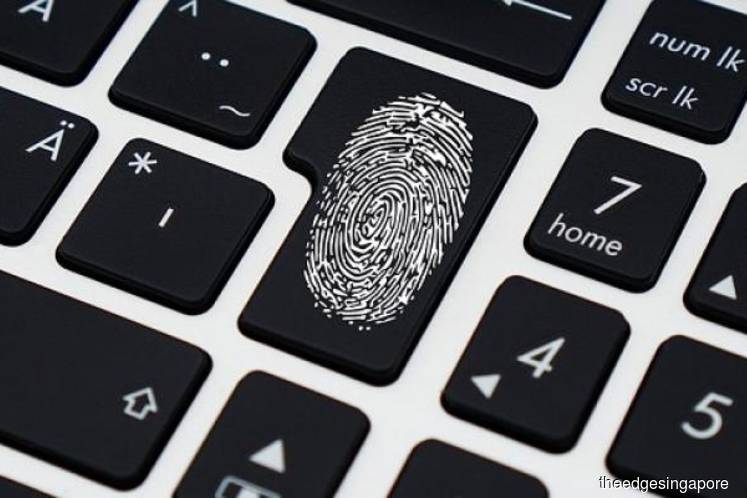
Beyond the work-from-home orders to millions of office workers around the world, another major shift has impacted work trends following the Covid-19 health scare — the sudden avoidance and even abandonment of finger- and thumb-biometric scanning to mark staff attendance and ensure workplace security and hygiene.
For more than a decade, corporations large and small, have adopted what appeared to be the logical technologies to track entry and exit of staff and contract workers — biometric finger scanning or the ubiquitous plastic access cards hung on a lanyard around the necks of millions of office and factory workers worldwide.
But as the novel coronavirus that causes Covid-19 casts a long shadow over how we live, work and play, hundreds of corporations big and small, in government agencies as well as private sector, have suspended biometric attendance in recent weeks.
Amid reports that the virus can survive for hours or even days on surfaces, various state or federal administrations in the United States, Egypt and India have suspended the use of fingerprint scanning, as have large multi-national corporations (MNCs).
Employees, gig workers and sub-contractors allowed to enter premises are wary of scanning their digits for fear of infection, and employers have no choice but to suspend this once ‘high-tech’ workplace technology.
As infections and the death toll mount and dominate headlines daily, there is even fear that tapping access entry cards on common surfaces may risk contagion. Workers are also concerned about touching infected surfaces such as door handles and key cards.
Compounding these problems, delays in temperature screening and antiquated pen-and-paper form-filling for contact tracing has meant long delays and deep frustration among staff and visitors. The greater risk is that the latter procedures are slow or inadequate to prevent infection.
Due to the exceptional circumstances brought about by Covid-19, the guardians of each organisation’s human capital and security must re-assess all attendance recording and entry-exit procedures at the workplace. Punctuality is vital for each organisation but health and safety must now be accorded equal if not higher priority in the face of the pandemic.
The confluence of these factors is pushing corporations to switch to “touch-less” facial recognition technology — but with the bells and whistles of instant temperature scanning and real-time procedures to alert managers of temperature variance and activate contact tracing. Automated “touch-less” doors — which allow staff to avoid contact with doorknobs and handles — may soon become a requirement for many organisations.
In recent weeks, corporates have been racing to find new solutions and approaches that can holistically address security and hygiene issues while maintaining sound workplace attendance procedures. The consensus is clear: avoid touch as far as possible for common areas once the workforce returns after the work-from-home restrictions.
At this critical juncture of the crisis, any integrated facial recognition and thermal scanning solution must be implemented easily, rapidly and in a cost-effective manner. Workers returning to offices or factories must not have to scramble to learn a new process or fumble with declaration forms. They must feel safe and healthy for them to work productively.
They just have to look at the camera and smile. Cameras and thermal scanners, supported by a cloud-based solution and the appropriate software protocols, will do the rest. In countries where facial recognition poses a privacy concern, voice recognition will allow staff to just speak to a recorder to have attendance data captured.
Beyond solving this workplace bottleneck, the application of a combined solution for facial recognition with thermal scanning can be extended to large facilities such as airports, transportation hubs, sports stadiums, concert halls and shopping malls, as well as schools and campuses.
Real-time tracking of the digital footprint of those with possible infection and high temperatures can be captured and mapped to improve contact tracing. There is also a huge opportunity to mine the Big Data of temperature trends of individuals in the workplace and trends of visitors to public areas and concourses.
New processes need to be introduced in the public and private sector. Regulations may have to catch up with this new technological approach to dealing with contagion and changes to work habits. The regulators of public health must join forces with corporations to harness this technology to redefine work cultures and processes.
Facial recognition with thermal scanning must take its place as first among equals for biometric adoption on a global scale. The time for change is now.
Stay calm. Stay at home. Keep updated on the latest news at www.EdgeProp.my #stayathome #flattenthecurve
Virender Aggarwal is Global CEO of Ramco Systems, a leading next-gen enterprise software specialist company.
TOP PICKS BY EDGEPROP

Setia Damai
Setia Alam/Alam Nusantara, Selangor

Setia Damai
Setia Alam/Alam Nusantara, Selangor
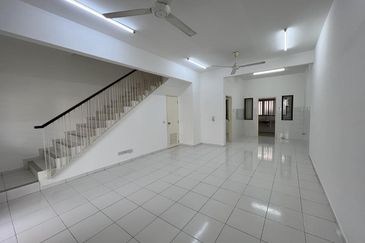
Persiaran Setia Permai
Setia Alam/Alam Nusantara, Selangor

Bandar Bukit Tinggi
Bandar Botanic/Bandar Bukit Tinggi, Selangor

Setia Indah
Setia Alam/Alam Nusantara, Selangor




